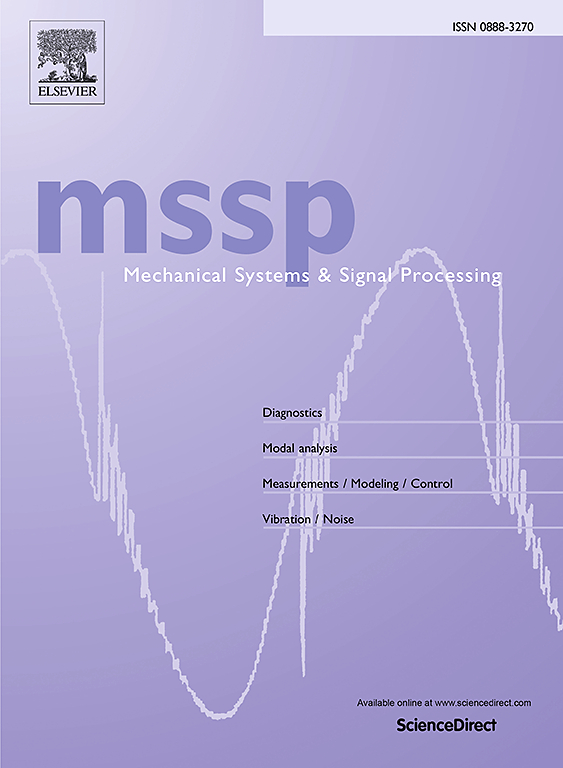Frequency response data-based feedforward control strategy for ultra-precision tool servo diamond turning of freeform surfaces
IF 7.9
1区 工程技术
Q1 ENGINEERING, MECHANICAL
引用次数: 0
Abstract
Tool servo diamond turning faces significant challenges when machining freeform surfaces at relatively high speeds, primarily due to tracking errors caused by the limited bandwidth of the servo axis. Integrating an additional feedforward controller with existing controllers is often necessary to enhance tracking performance. However, the design of a closed-loop inversion-based feedforward controller generally relies on an accurate transfer function of the controlled system, which is frequently compromised by unavoidable modeling errors. To address this issue, this paper proposes a novel frequency response data (FRD)-based feedforward control strategy for trajectory modification in tool servo diamond turning. This strategy directly utilizes the FRD to design a flexible-order finite impulse response filter that approximates the inverse behavior of the servo axis. A constrained optimization problem is formulated to obtain a flat amplitude and phase frequency response within the interested bandwidth, with the differential evolution algorithm adopted to determine the optimal filter parameters. Experimental validation on a commercial ultra-precision lathe confirms the effectiveness of the proposed strategy. Comparative results reveal a substantial enhancement in the form accuracy of the machined freeform surfaces, achieving a 70% reduction in the PV error and a 96% reduction in the RMS error compared to those obtained without the feedforward controller. The simplicity and efficiency of this strategy make it well-suited for industrial ultra-precision machining applications.

求助全文
约1分钟内获得全文
求助全文
来源期刊

Mechanical Systems and Signal Processing
工程技术-工程:机械
CiteScore
14.80
自引率
13.10%
发文量
1183
审稿时长
5.4 months
期刊介绍:
Journal Name: Mechanical Systems and Signal Processing (MSSP)
Interdisciplinary Focus:
Mechanical, Aerospace, and Civil Engineering
Purpose:Reporting scientific advancements of the highest quality
Arising from new techniques in sensing, instrumentation, signal processing, modelling, and control of dynamic systems
 求助内容:
求助内容: 应助结果提醒方式:
应助结果提醒方式:


